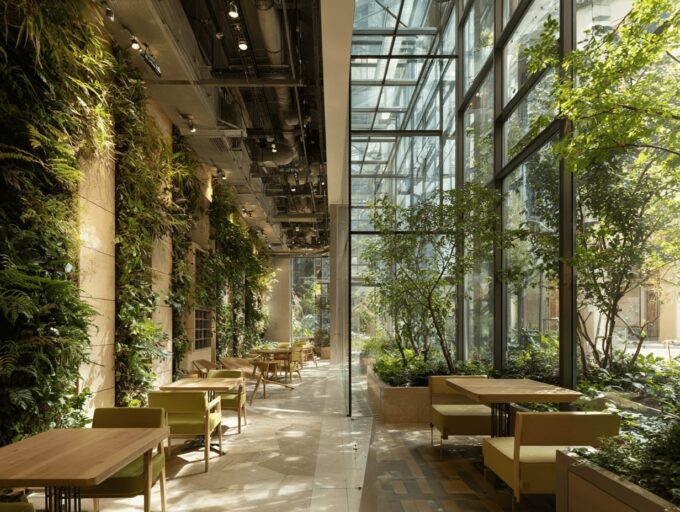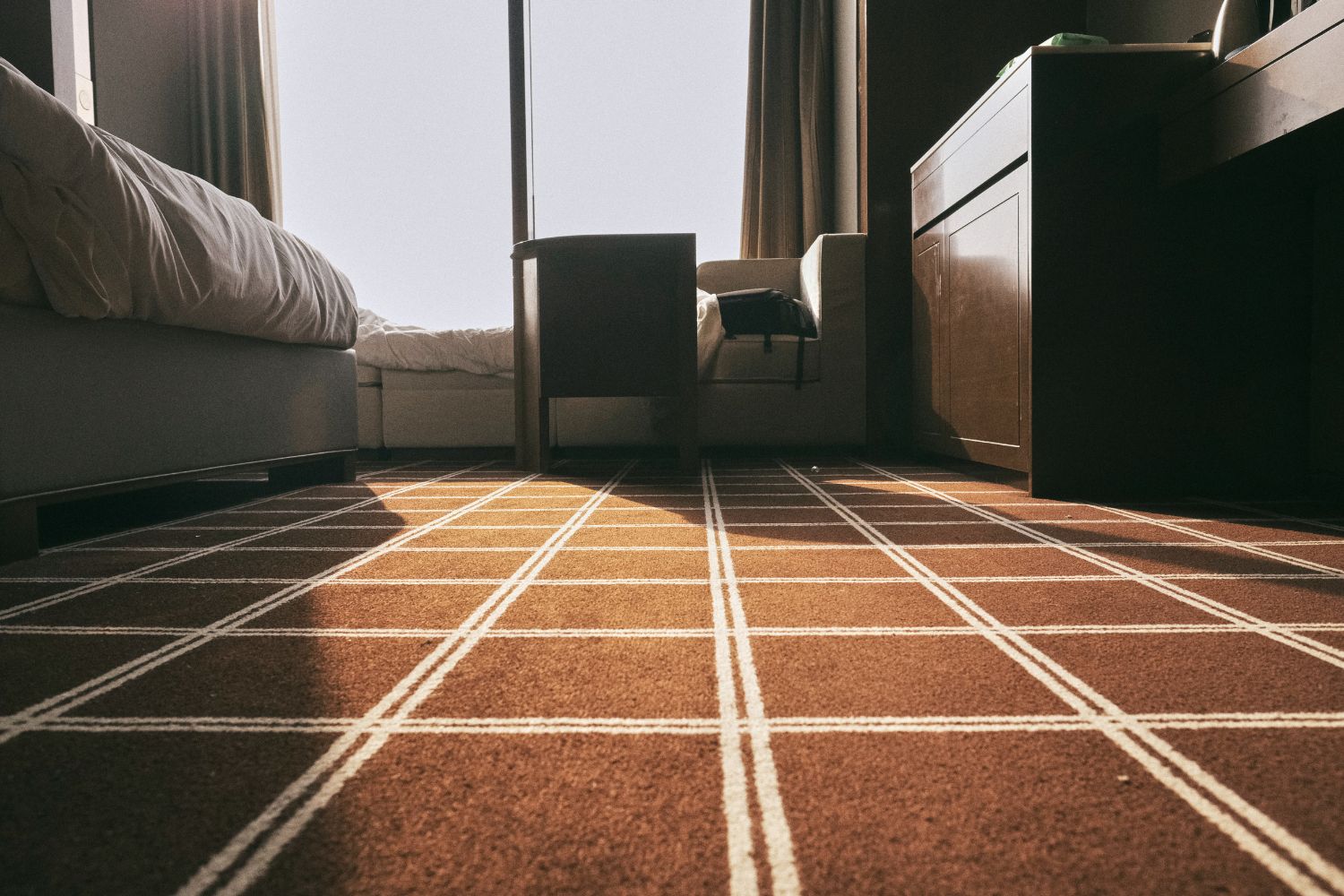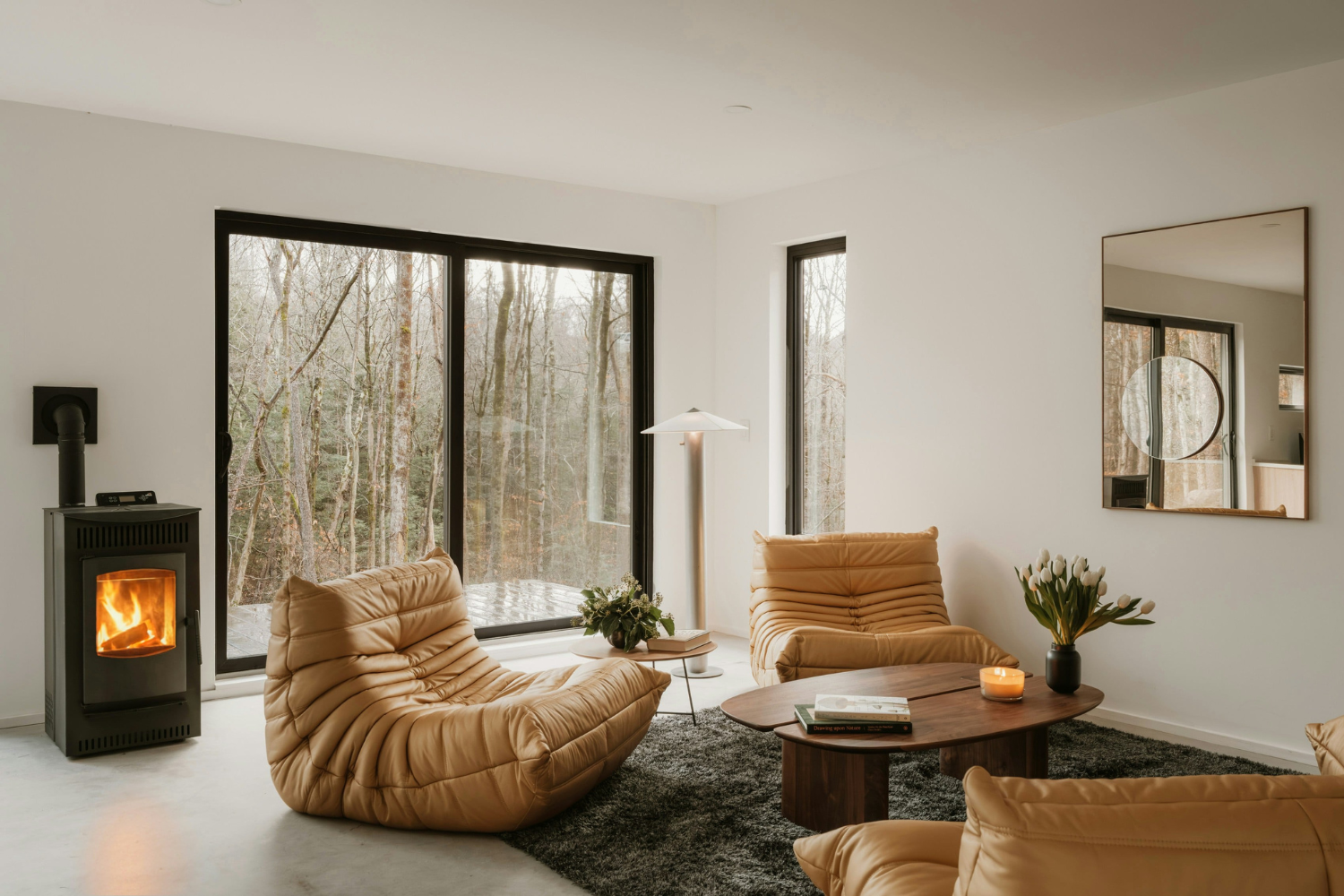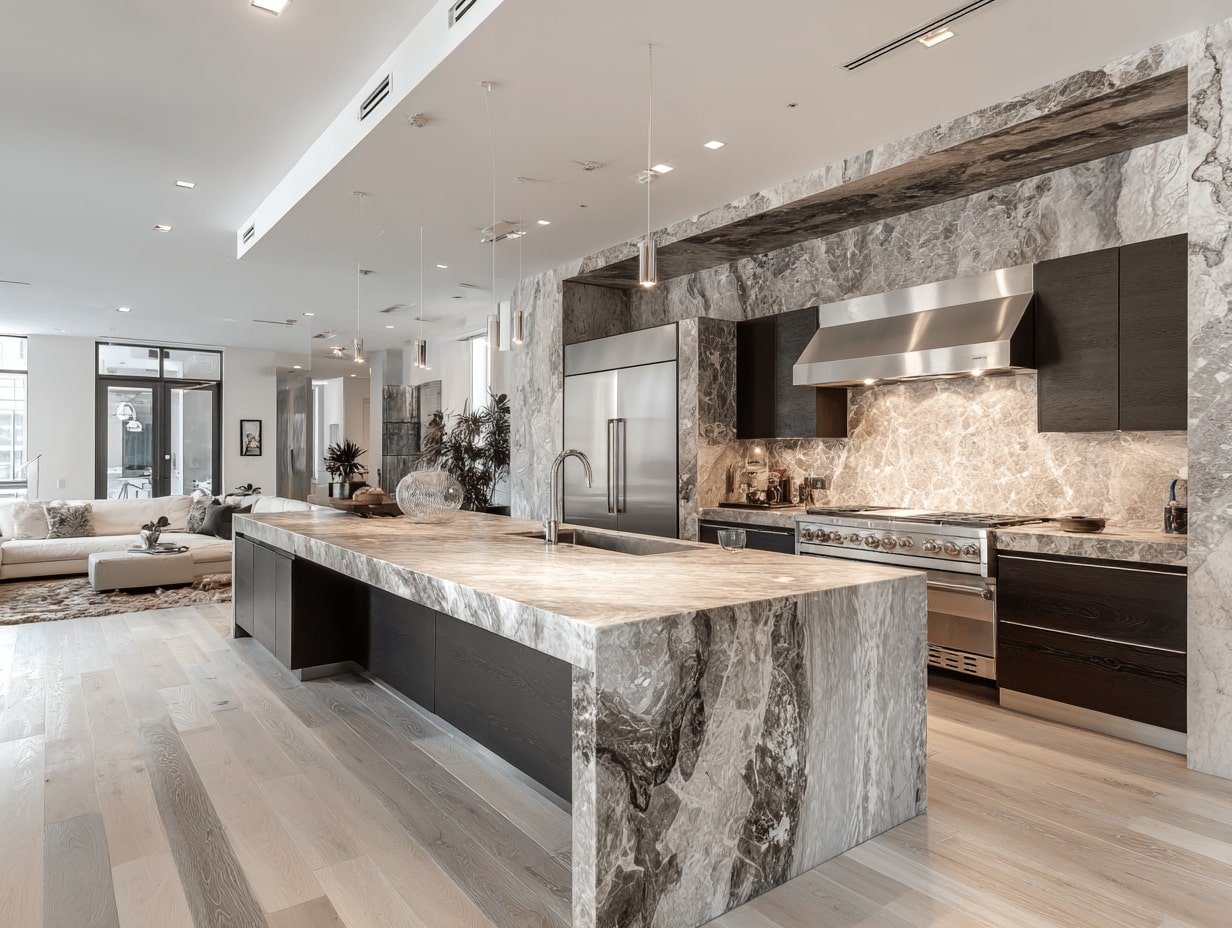- Home
- Articles
- Architectural Portfolio
- Architectral Presentation
- Inspirational Stories
- Architecture News
- Visualization
- BIM Industry
- Facade Design
- Parametric Design
- Career
- Landscape Architecture
- Construction
- Artificial Intelligence
- Sketching
- Design Softwares
- Diagrams
- Writing
- Architectural Tips
- Sustainability
- Courses
- Concept
- Technology
- History & Heritage
- Future of Architecture
- Guides & How-To
- Art & Culture
- Projects
- Interior Design
- Competitions
- Jobs
- Store
- Tools
- More
- Home
- Articles
- Architectural Portfolio
- Architectral Presentation
- Inspirational Stories
- Architecture News
- Visualization
- BIM Industry
- Facade Design
- Parametric Design
- Career
- Landscape Architecture
- Construction
- Artificial Intelligence
- Sketching
- Design Softwares
- Diagrams
- Writing
- Architectural Tips
- Sustainability
- Courses
- Concept
- Technology
- History & Heritage
- Future of Architecture
- Guides & How-To
- Art & Culture
- Projects
- Interior Design
- Competitions
- Jobs
- Store
- Tools
- More
The Importance of Natural Light and Weather Conditions for Health and Productivity
Discover the profound impact of natural light and weather on our well-being in this insightful article. Learn how sunlight can elevate your mood, boost productivity, and enhance mental health. Explore the effects of different weather conditions on light exposure and ambiance, and uncover practical strategies for maximizing natural light in your living and working spaces.

Natural light and weather conditions play a crucial role in our daily lives, influencing everything from our mood to our productivity. As we navigate through our busy routines, we often overlook how sunlight and the changing weather can impact our well-being. Harnessing the power of natural light can transform our spaces and enhance our mental health.
In this article, we’ll explore why embracing natural light is essential and how different weather conditions can affect our environment and lifestyle. By understanding these elements, we can create healthier, more vibrant spaces that promote positivity and energy. Let’s dive into the importance of these natural forces and discover how they can enrich our lives.

Table of Contents
ToggleUnderstanding Natural Light
Natural light plays a crucial role in influencing our mood, health, and productivity. By harnessing it, we can enhance our living spaces and overall well-being.

Definition and Sources
Natural light refers to sunlight that passes through windows and enters indoor environments. Key sources include:
- Direct sunlight: Light that comes straight from the sun, providing the most illumination and warmth.
- Indirect sunlight: Light that reflects off surfaces, creating softer illumination and reducing glare.
- Daylight: The general term for natural light during the day, which varies based on time, weather, and geographic location.
Benefits of Natural Light
Natural light offers numerous advantages for our health and living conditions. Notable benefits include:
- Enhanced mood: Exposure to sunlight boosts serotonin production, improving our mood and reducing feelings of depression.
- Increased productivity: Workspaces filled with natural light lead to higher levels of concentration and efficiency.
- Improved sleep quality: Natural light helps regulate circadian rhythms, promoting better sleep patterns at night.
- Vitamin D: Sunlight exposure enables the body to produce vitamin D, essential for bone health and immune function.
- Energy efficiency: Utilizing natural light reduces reliance on artificial lighting, leading to lower energy costs and environmental impact.
Embracing natural light can transform our environments, fostering both mental and physical well-being.
Impact of Weather Conditions
Weather conditions significantly influence the availability and quality of natural light. Understanding the types of weather conditions and their effects on light can help us optimize our environments.

Types of Weather Conditions
- Sunny: Clear skies facilitate maximum sunlight penetration. This condition boosts mood and energy levels.
- Cloudy: Overcast skies diffuse sunlight. While brightness decreases, natural light remains beneficial for mood regulation.
- Rainy: Rain clouds block direct sunlight. However, the soft, indirect light can create a calming atmosphere.
- Snowy: Snow reflects sunlight, enhancing brightness even on overcast days. This can improve visibility while maintaining a serene ambiance.
- Foggy: Fog reduces light intensity yet produces a unique diffused lighting effect. This can soften harsh contrasts in spaces.
Effects on Natural Light Availability
Exposure to natural light varies based on weather conditions.
- Sunny Days: Higher availability of direct sunlight increases feelings of alertness and well-being.
- Cloudy Days: Reduced direct light can prompt lethargy in some individuals but still permits ambient brightness.
- Rainy Days: Natural light availability drops substantially. Interior spaces may require artificial lighting yet can maintain an inviting atmosphere with warm tones.
- Seasonal Changes: Longer daylight hours in summer months foster increased productivity, while shorter winter days can lead to seasonal affective disorder (SAD) due to decreased light exposure.
- Time of Day: In conjunction with weather, morning and evening provide different quality levels of natural light. Morning light is vibrant and energizing, while evening light produces softer tones that promote relaxation.
Understanding these weather conditions enables us to make informed choices about our environments and maximize the benefits of natural light.
Importance of Natural Light and Weather Conditions
Natural light and weather conditions significantly influence our daily experiences. Understanding their roles in mental health and productivity can guide us in creating optimal environments.

Mental Health and Well-being
Natural light plays a crucial role in enhancing mental health. Exposure to sunlight increases serotonin levels, which helps elevate mood and reduce feelings of depression. In addition, adequate natural light helps regulate circadian rhythms, promoting better sleep patterns and overall well-being. Weather conditions also impact our emotions. Sunny days often lead to increased energy, while cloudy or rainy days may cause feelings of lethargy. By maximizing natural light exposure in our spaces, we foster a positive atmosphere that supports our mental health.
Productivity and Performance
Natural light significantly boosts productivity and performance in various settings. Workspaces that incorporate ample natural light can lead to increased focus, creativity, and efficiency. Studies show that employees in environments with better lighting report higher job satisfaction and lower fatigue levels. Different weather conditions also influence our ability to concentrate. For example, bright, sunny weather can enhance motivation, while overcast days might encourage a more reflective mindset. By understanding these dynamics, we create spaces that promote optimum performance and elevate our output.
Practical Applications
Maximizing the benefits of natural light and understanding weather conditions enhance our living and working environments. We can effectively apply this knowledge in design and planning.

Designing Spaces for Optimal Light
Designing spaces requires strategic placement of windows and skylights to maximize natural light. We should orient buildings towards the sun’s path for increased daytime illumination. Implementing light-colored walls and reflective surfaces amplifies light distribution within a room. Incorporating open spaces and minimalist design further enhances light flow, creating brighter areas. Utilizing adjustable window treatments allows us to control glare while enjoying natural light throughout the day. Additionally, indoor plants can thrive in well-lit environments, improving air quality and aesthetics.
Integrating Weather Considerations in Planning
Integrating weather considerations into our planning processes is crucial for optimizing light exposure. We can analyze local climate data to determine seasonal variations in natural light. Incorporating flexible design elements, such as movable shading devices or glass walls, helps adapt to changing weather conditions. In cold climates, maximizing sunlight penetration can warm spaces during winter months. In contrast, in hotter regions, shading structures can reduce heat gain while still allowing light infiltration. Understanding the relationship between weather patterns and daylight helps us create more comfortable, efficient living and working environments.
Conclusion
Natural light plays a vital role in shaping our environments and overall well-being. We recognize that harnessing its benefits leads to enhanced mood, improved productivity, and better mental health. Various weather conditions significantly influence the quality and quantity of natural light we experience daily. Understanding these dynamics allows us to create spaces that not only maximize light exposure but also adapt to shifting weather patterns.
We can implement practical strategies to optimize natural light in our living and working areas. This includes strategically placing windows, utilizing skylights, and selecting light-colored materials to enhance brightness. Additionally, by considering local climate data, we can design flexible environments that accommodate different weather conditions, ensuring our spaces remain vibrant and energizing year-round.
Embracing natural light and weather variations enriches our lives, promoting healthier and more inviting atmospheres. By prioritizing these elements in our design choices, we foster environments that facilitate improved mood and productivity for everyone.
- architecture and environment
- architecture and health
- Biophilic Design
- circadian rhythm lighting
- climate-responsive design
- daylight and health
- energy-efficient lighting
- environmental comfort
- health and architecture
- healthy living spaces
- Indoor Air Quality
- light exposure productivity
- lighting and mood
- natural light benefits
- natural lighting design
- seasonal affective disorder
- sunlight and well-being
- weather and productivity
- Wellness Design
- workplace lighting
Submit your architectural projects
Follow these steps for submission your project. Submission FormLatest Posts
5 Must-Know Interior Design Trends in American Homes
From warm minimalism to bold oversized artwork, these five interior design trends...
How Open Kitchens Create a Sense of Space Indoors (Without Sacrificing Function)
Open kitchens: see how sightlines, lighting, and smart layouts make rooms feel...
The Revival of Chunky Fiber Crafts in Modern Interior Design
Contemporary interior architecture has shifted away from hard minimalism. After a decade...
What Have Been the Biggest Interior Design Trends of 2025 – And Are They Here to Stay?
Differentiating between timeless and fleeting designs? This talent is what separates great...












Leave a comment